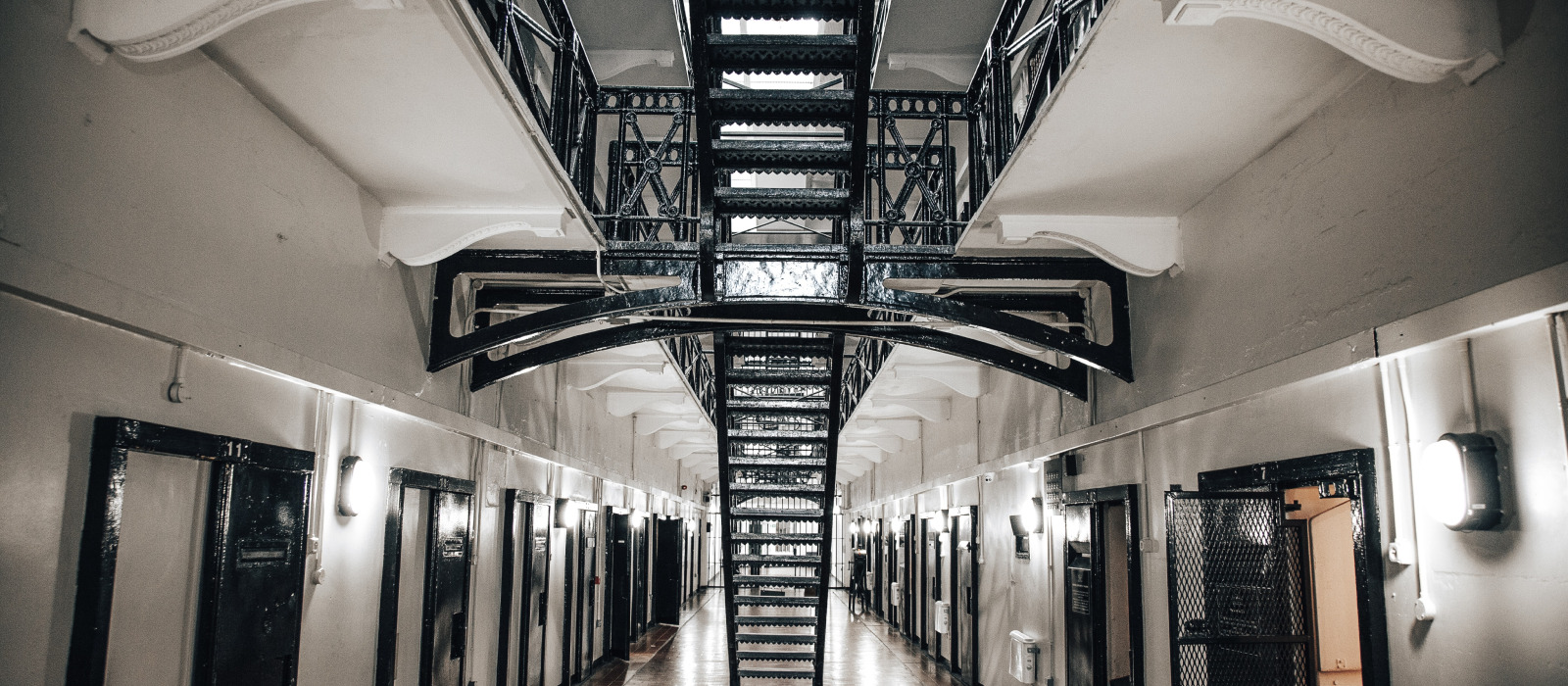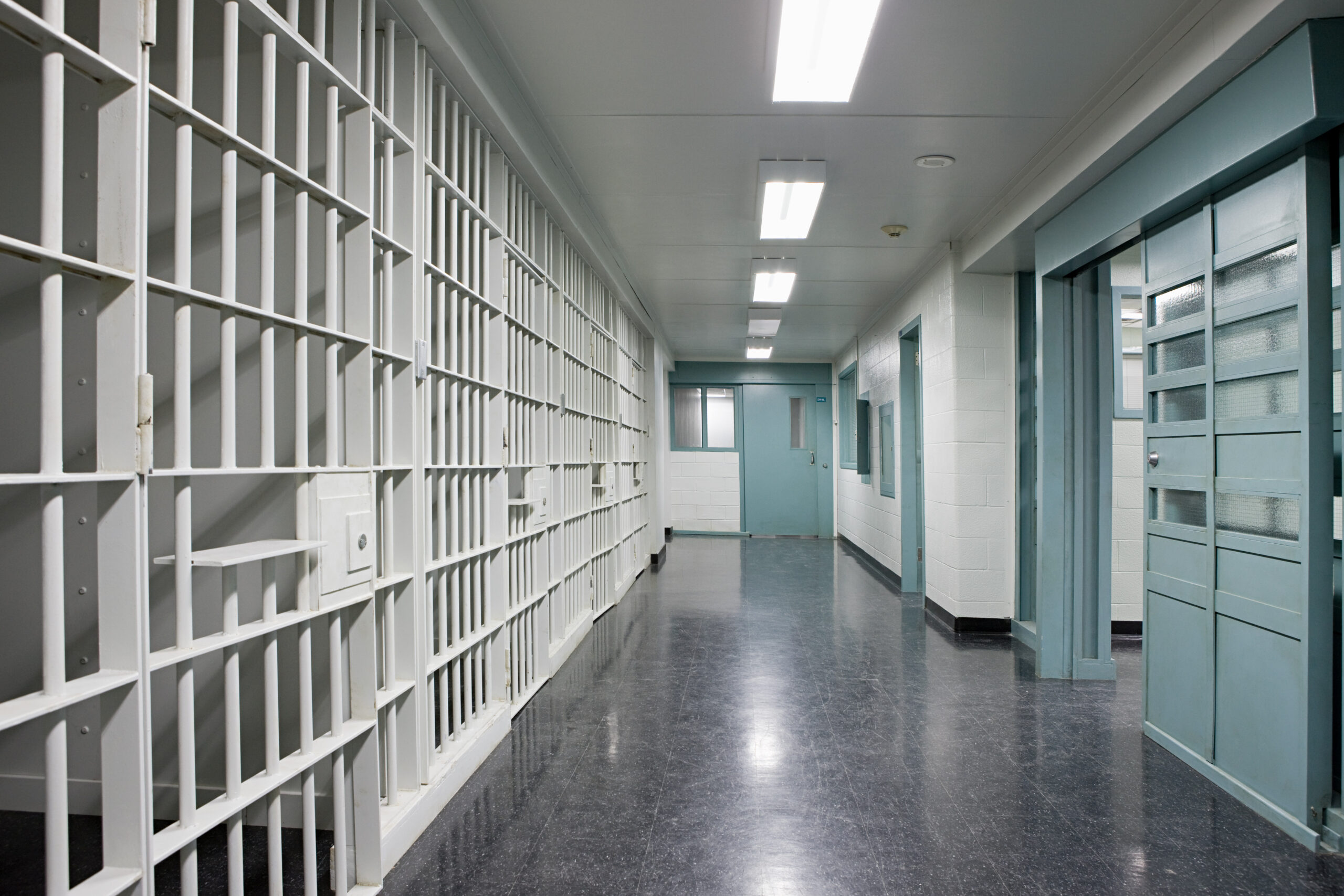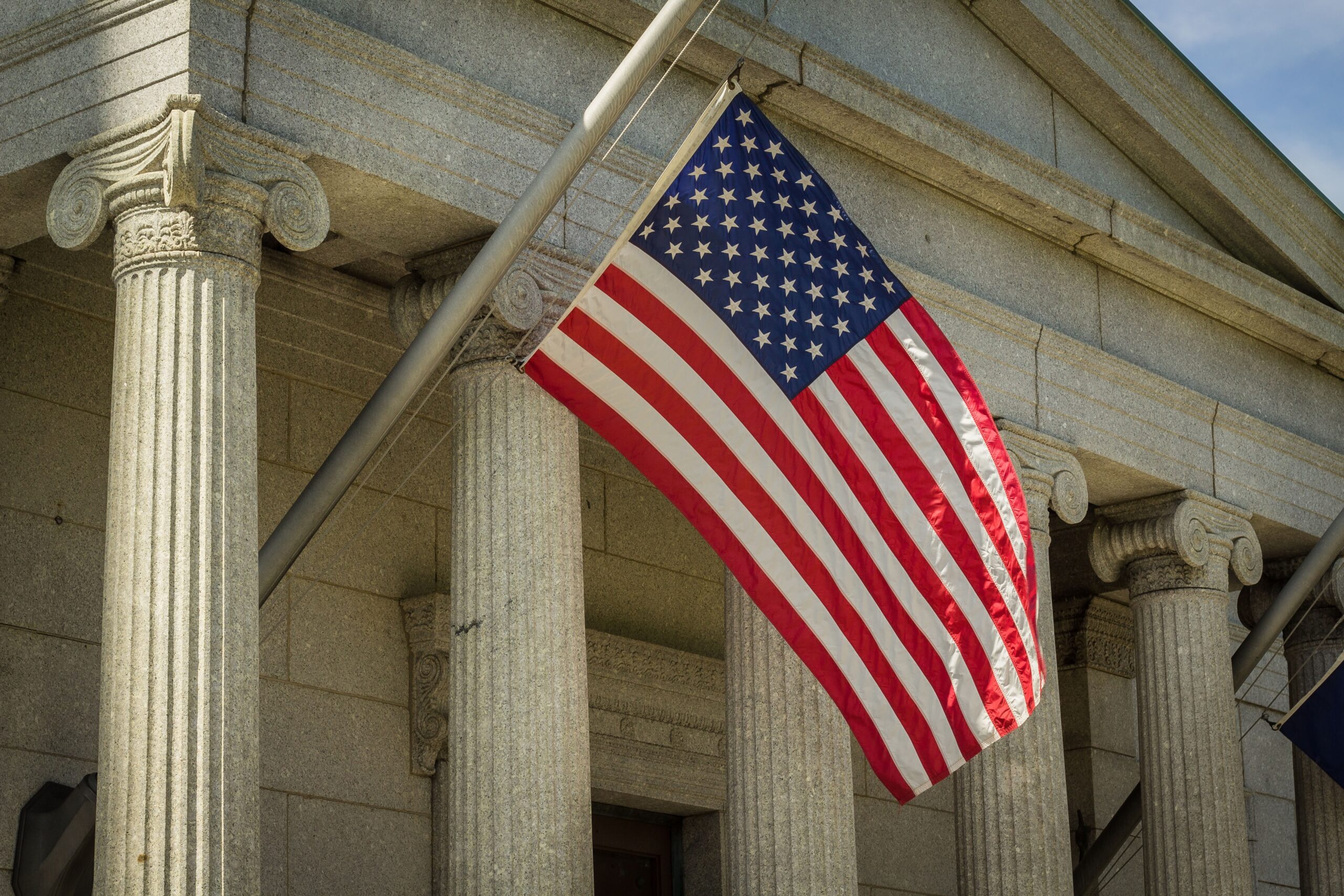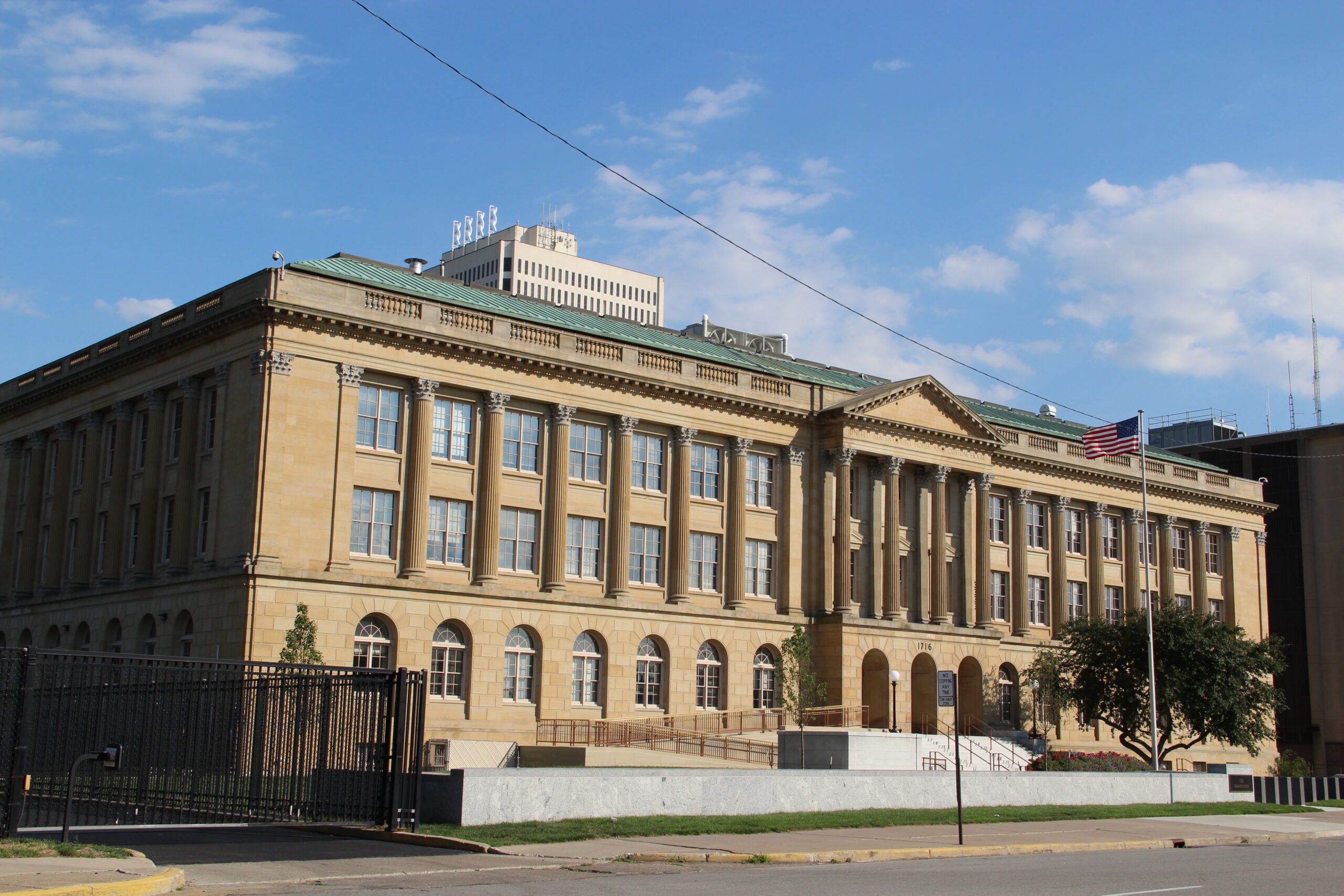
Criminal Justice
CCS is experienced in working with state and local governments on significant projects and understands the particularities of the criminal justice sector.
We work directly with consultants, planners, architects and engineers to make sure our government agency clients get the very best results. We support our clients with technical expertise and functions while assembling the right team for design and construction.
We’re experts in validating the design and budget forecasting. We have experts with the required certifications to work on projects for federal, state and local governments. We help criminal justice clients get the most out of their investment dollars while ensuring projects stay on track to become operational on day one. Over the course of this work, CCS keeps stakeholders informed to demonstrate both ongoing and long-term value.
Highlights
-
90 correctional facilities with an estimated value of $3.5 billion
-
120 courthouses with an estimated value of $1.9 billion
Our process
CCS is committed to staying current on all the developments and dialogues that are affecting the criminal justice sector. This is critical so that we raise any issues that may affect a project’s design or cost in a timely manner so that both the Owner & A/E teams are able to effectively respond.
Criminal Justice sector background & challenges



-
Since the 1970s, incarceration rates in the United States have increased, peaking in 2007. Today most American detainees (60%) are held in state prisons. Local governments spend $25 billion annually to operate more than 3,000 jails nationwide.
-
Many jails and prisons are due for replacement or upgrade. This represents an opportunity for implementing new approaches that can enhance safety and security, and even introduce the possibility of reform. States are already experimenting with places that shake up the old institutional model.
Using environmental and behavioral psychology, data-driven designs that incorporate light, sound, air quality, and texture are being explored as support for education and reform. These places may look more like a community college campus with open walking paths. Taking lessons from person-centered healthcare design, these incarceration facilities are oriented toward promoting growth—emotional, intellectual, professional, etc–which can help inmates turn over a new leaf when they’re on the outside. Taken even further, some concepts even resemble towns to help inmates resocialize and include job training programs, etc.
-
In light of the growth of online work, courtrooms are embracing technological change. We’ll see courtrooms sized for juries with room for social distancing, but we’ll also see smaller, tech-equipped courtrooms that are set up for virtual proceedings. Both types will be sites for enhanced smart security features that will be more powerful, but less intrusive than what we’ve seen before.
Since the 1970s, incarceration rates in the United States have increased, peaking in 2007. Today most American detainees (60%) are held in state prisons. Local governments spend $25 billion annually to operate more than 3,000 jails nationwide.
Many jails and prisons are due for replacement or upgrade. This represents an opportunity for implementing new approaches that can enhance safety and security, and even introduce the possibility of reform. States are already experimenting with places that shake up the old institutional model.
Using environmental and behavioral psychology, data-driven designs that incorporate light, sound, air quality, and texture are being explored as support for education and reform. These places may look more like a community college campus with open walking paths. Taking lessons from person-centered healthcare design, these incarceration facilities are oriented toward promoting growth—emotional, intellectual, professional, etc–which can help inmates turn over a new leaf when they’re on the outside. Taken even further, some concepts even resemble towns to help inmates resocialize and include job training programs, etc.
In light of the growth of online work, courtrooms are embracing technological change. We’ll see courtrooms sized for juries with room for social distancing, but we’ll also see smaller, tech-equipped courtrooms that are set up for virtual proceedings. Both types will be sites for enhanced smart security features that will be more powerful, but less intrusive than what we’ve seen before.


